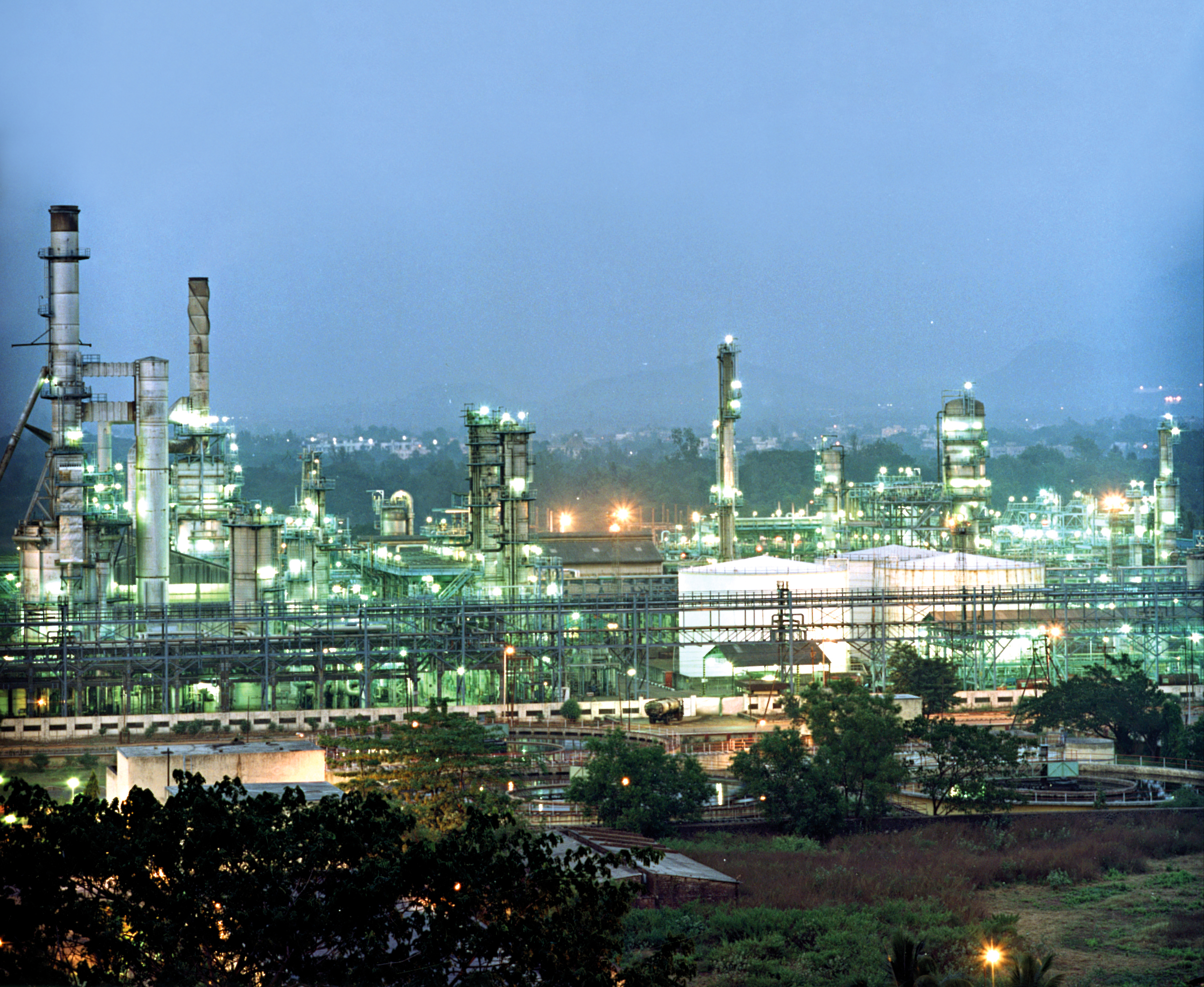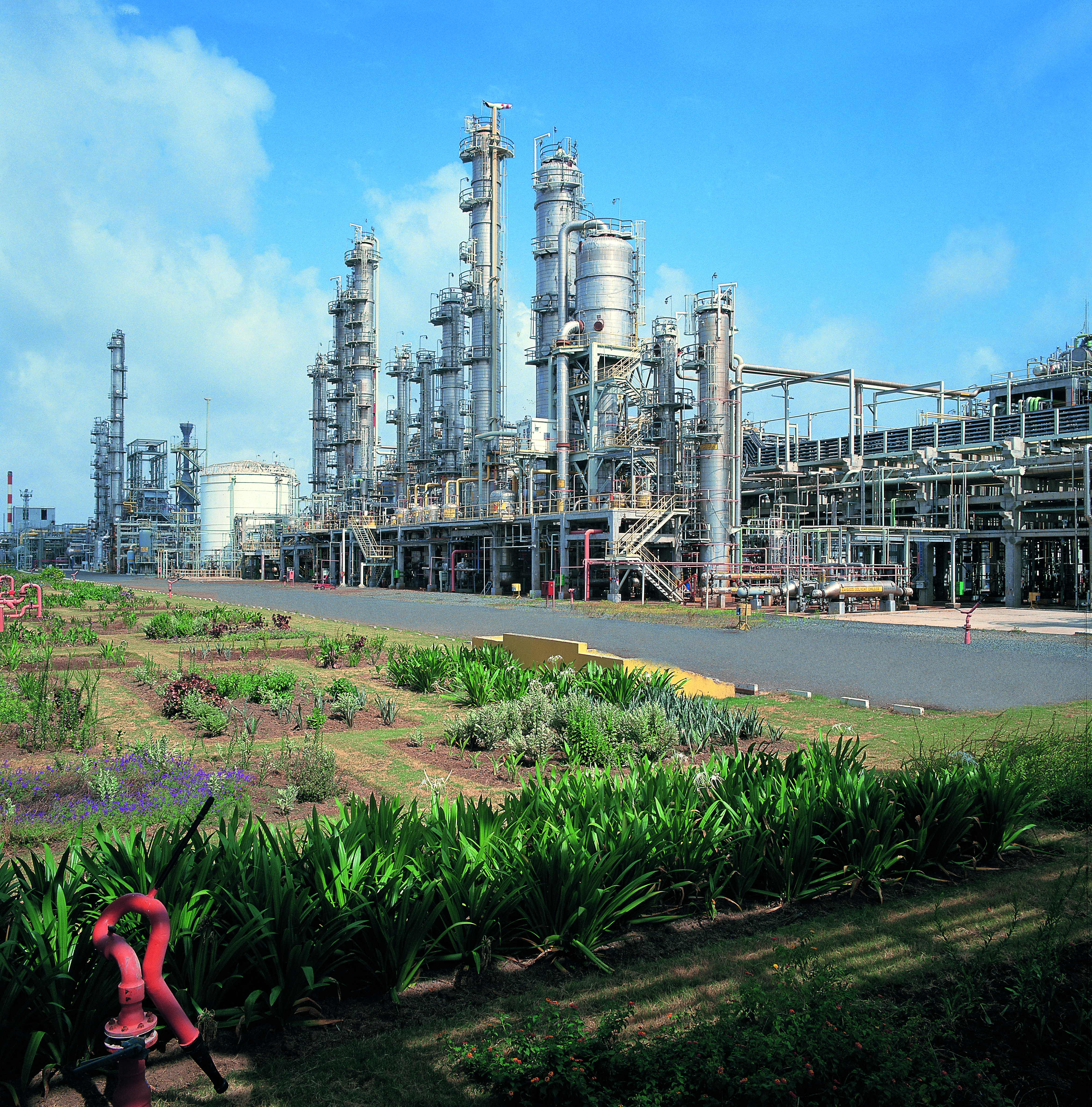Beginning of Patalganga

By the late 1970s, Shri Dhirubhai Ambani, who always kept himself abreast with international trends and technology, started visualizing his first foray into his backward integration policy, further placing Reliance as one of the largest industrial empires in India. The realization of making Reliance a self-sufficient entity in acquiring its raw materials, polyester filament yarn (PFY), in 1980 led to the establishment of the Patalganga plant. Shri Dhirubhai Ambani thus applied to the government for a license to produce an annual output of 10,000 tons of PFY. The government approved his plan for setting up a Rs. 80 crore plant in Patalganga.
Patalganga is an industrial area of the Maharashtra Industrial Development Corporation (MIDC) near Karjat and Panvel, deriving its name from the river Patalganga. Situated around 70 km from Mumbai, Shri Dhirubhai Ambani finalized the site of Patalganga for its polyester filament yarn (PFY) plant in 1980. Shri Dhirubhai Ambani with his family, including Shri Mukesh Ambani, who further headed the project, surveyed the land and finally bought around 200 acres of unproductive land for his plant.
Shri Mukesh Ambani and the Patalganga Project
Shri Mukesh Ambani, aged 24, was handed over the responsibility of heading the project with the assistance of a single person from Reliance. Shri Mukesh Ambani, thus, moved to Patalganga during the entire duration of the project and camped for months on end till its completion. He completed the project within 18 months, which surprised even the directors of Dupont DeNemours, USA, who were Reliance's technology collaborators. Dupont DeNemours is an American corporation dealing in biotechnology and manufacturing chemicals and pharmaceuticals. They had estimated a time of around 26 months for the completion of the Patalganga project. Reliance Patalganga was an example of Shri Dhirubhai Ambani's belief in economies of scale. To provide ease and comfort to the members of Dupont, a five-star guest house was built, and it was also the first building to be constructed within the premises of Patalganga. It saved both time and money spent commuting every day from Mumbai.
Floods at Patalganga
On the night of July 24, 1989, the Patalganga river flooded for the first time in 80 years. The reason for flooding was the relentless overnight rain, accompanied by 80 km per hour winds. Around 20 inches of rainwater made its way through 87 industrial units, including the Reliance Patalganga plant. The Reliance team shut down the entire 200 acres of the complex in 30 minutes. Nearly 50,000 tons of debris were. Within 72 hours, people were mobilized from all parts of India, and an estimated 6000 people were appointed for the job by Shri Mukesh Ambani. The telephone connections were restored in one day, while the utilities were back in function in 8 to 10 days. Shri Mukesh Ambani made sure the plant is up and running in a month. A cost of around Rs.44 crore was invested to restore all the services at the plant.
Hazira Plant

In 1988, Reliance came in for high praise from the leading business magazine, The Economist. Reporting on its growth rate of 40 percent every year since 1970, the magazine described Reliance as “one of the most dynamic companies of India”. Shri Dhirubhai initiated efforts to establish a petrochemical complex at Hazira, near Surat, a natural progression of his early desire, bred in Aden, to own a refinery someday. The same year, he got the go ahead from the government for his proposal for a Rs. 100-crore project to manufacture a wide range of polymers, polyesters, fibre intermediates and petrochemicals. The plant at Hazira – 1000 acres on the banks of the river Tapi – was Shri Dhirubhai’s landmark entry into the petroleum sector.

The first stage of the Hazira petrochemicals complex began in 1991, and not long after, Reliance was acknowledged as the world’s largest integrated producer of polyester.


